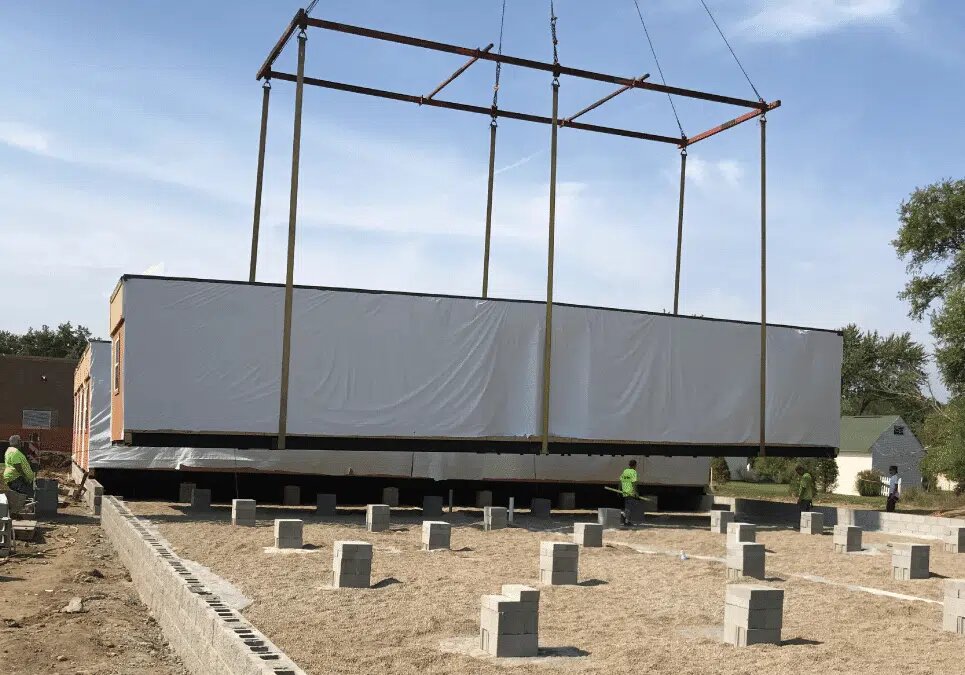The future is bright for modular construction, thanks to its well-documented benefits of higher quality, reduced material and shipping costs, quicker construction, and reduced construction waste compared to traditional construction.
This forecast comes from The American Society of Mechanical Engineers website, where of the eleven trends in construction for 2022 listed, “modularity” comes in second.
The article goes on to state that modular projects can be completed in nearly half the time as traditional projects, saving about 20 percent in construction costs. All these benefits lead to the prediction that by 2023 the modular construction market could reach an impressive $157 billion.
Modular Offers Unique Advantages
One not-so-bright 2022 trend is the ongoing issue of the lack of skilled construction workers. A shortage of traditional construction workers resulted in part when the last housing bubble burst and more than one million residential construction workers lost their jobs, according to an article at housingwire.com. The article goes on to state that the shortage has reached a “crisis level.” The efficiency of modular or offsite construction offers a distinct advantage: fewer workers are needed during construction and installation. Another advantage is fewer workers onsite means reduced health and safety risks.
Advancements in technology comprise the bulk of the construction trends for 2022, with the proliferation of digitization and the use of building information modeling (BIM) among the innovations. Let’s look at how each of these technologies dovetail with modular construction.
Digitization and modular construction were made for each other. The trend is toward digital monitoring during construction to connect office and construction site teams, as well as digital monitoring devices that measure indoor conditions of a building like air quality and carbon emissions. Because modular buildings are built offsite in the controlled conditions of a factory, they can be outfitted more easily with the technology required to make them digitized powerhouses.
Building information modeling (BIM) and modular construction are a great fit. BIM is a standard computer-based construction tool that offers seven dimensions (7D) of programming. BIM provides users with information from planning and design to construction and maintenance, designed to increase efficiency and reduce cost. BIMs interactive tools can be used to analyze green building materials, energy efficiency, natural lighting, water conservation, site assessment, indoor health, environmental impact reduction, and sustainable operation and maintenance, according to an article at Nearby Engineers website.
The Trend Toward Modular
The surge of interest in modular is a trend that’s likely to continue, given its advantages of reduced cost, speedy construction, superior quality, and reduced waste. Add to that the unique ability of modular construction to adapt and utilize technology in an ever-changing world, and it’s clear modular is here to stay.
Modular construction is getting the attention it deserves, according to a recent article in The Los Angeles Business Journal. “There is definitely increased awareness and activity in the modular world, a lot of interest from developers,” says Josh Kimmel, vice president at Chicago-based Project Management Advisors Inc. “A lot of developers like the idea but because they haven’t done it before, there’s a lot of unknowns and a hesitancy to jumpstart a new project, but as people are getting more comfortable and the industry is maturing, more and more developers are getting comfortable with the idea.”
Ready to go modular for your next project? Our experts will work closely with you to find the right modular building solution to meet your requirements. Contact us today to learn more or request a quote.




